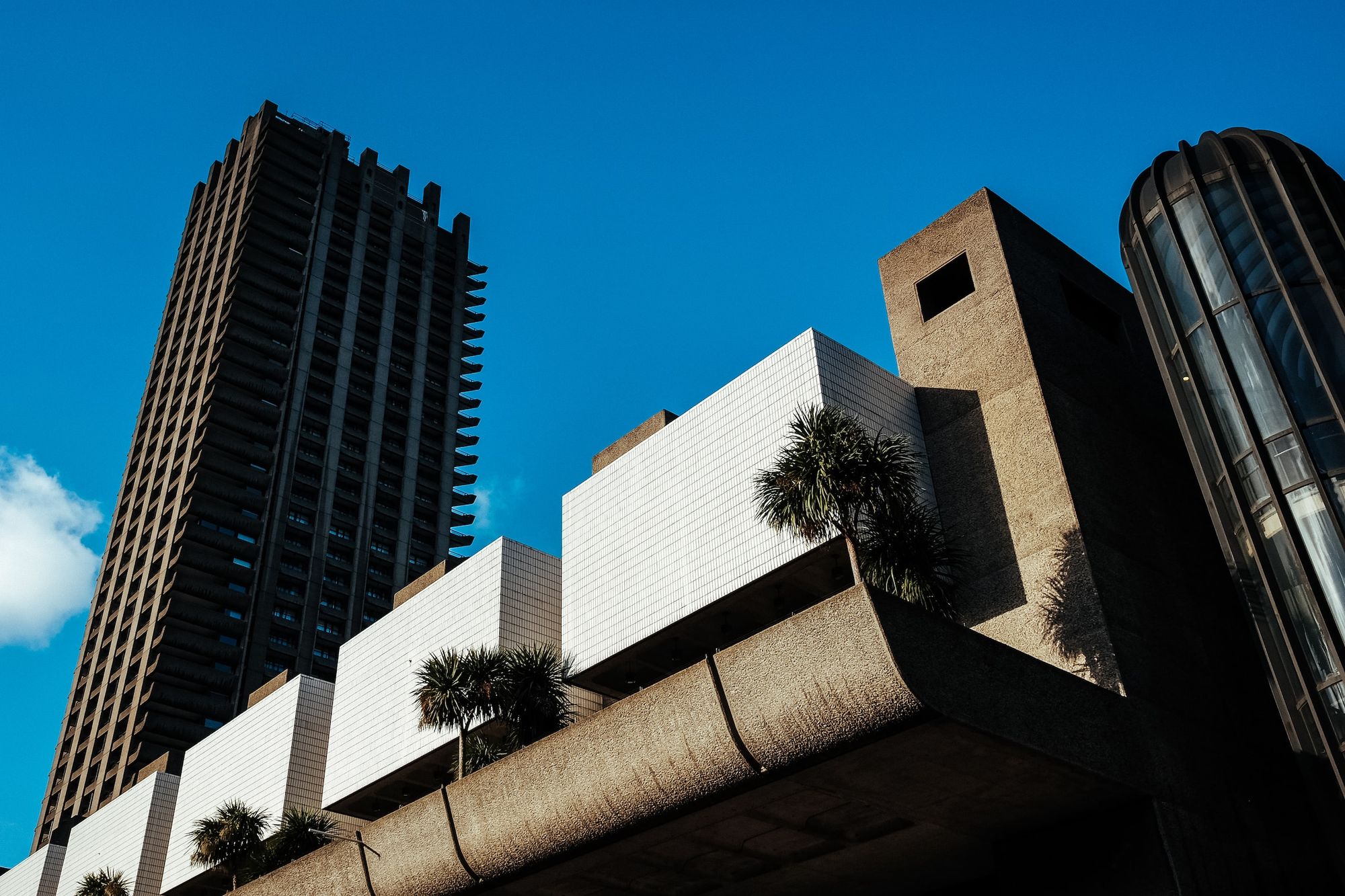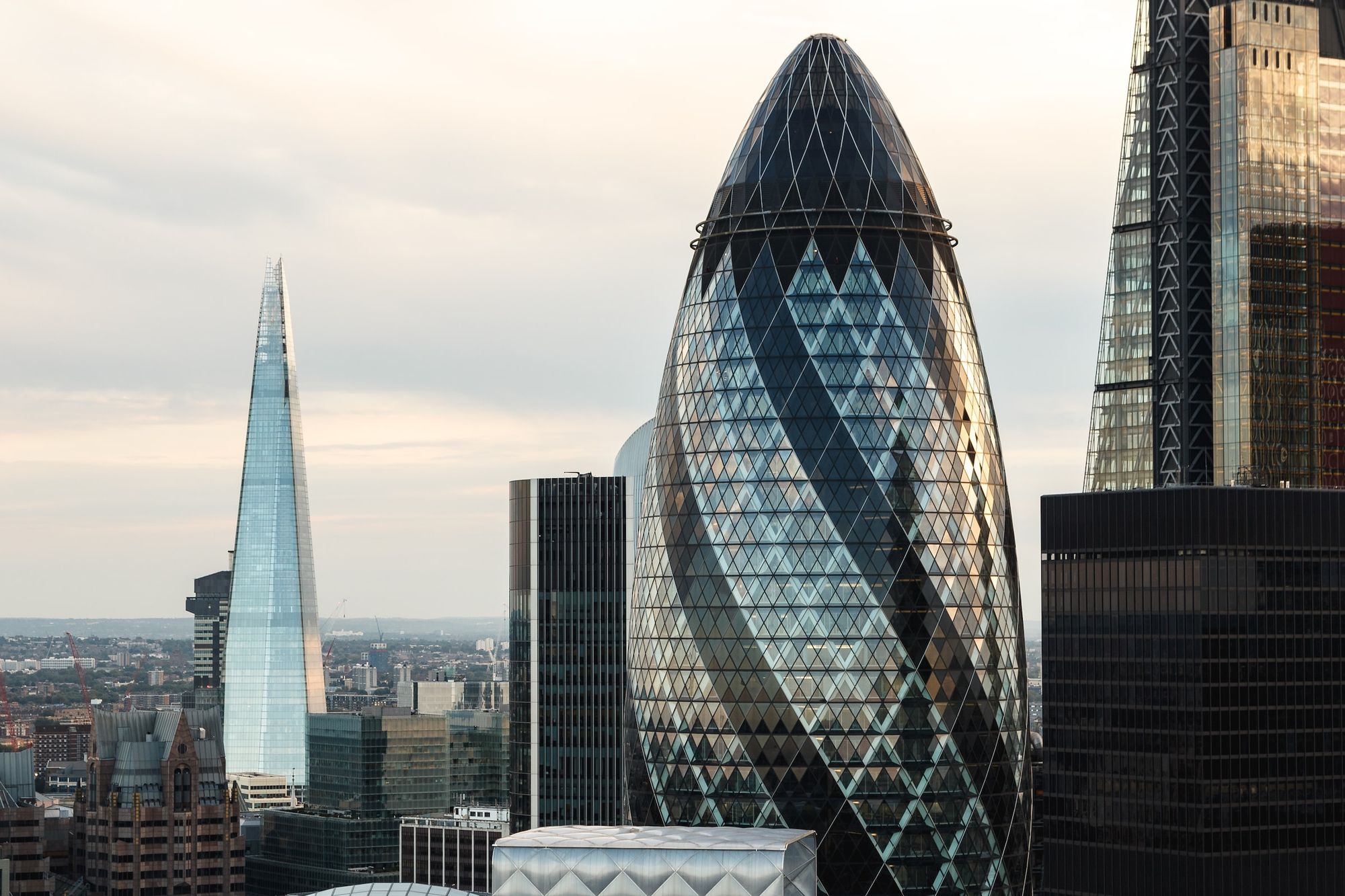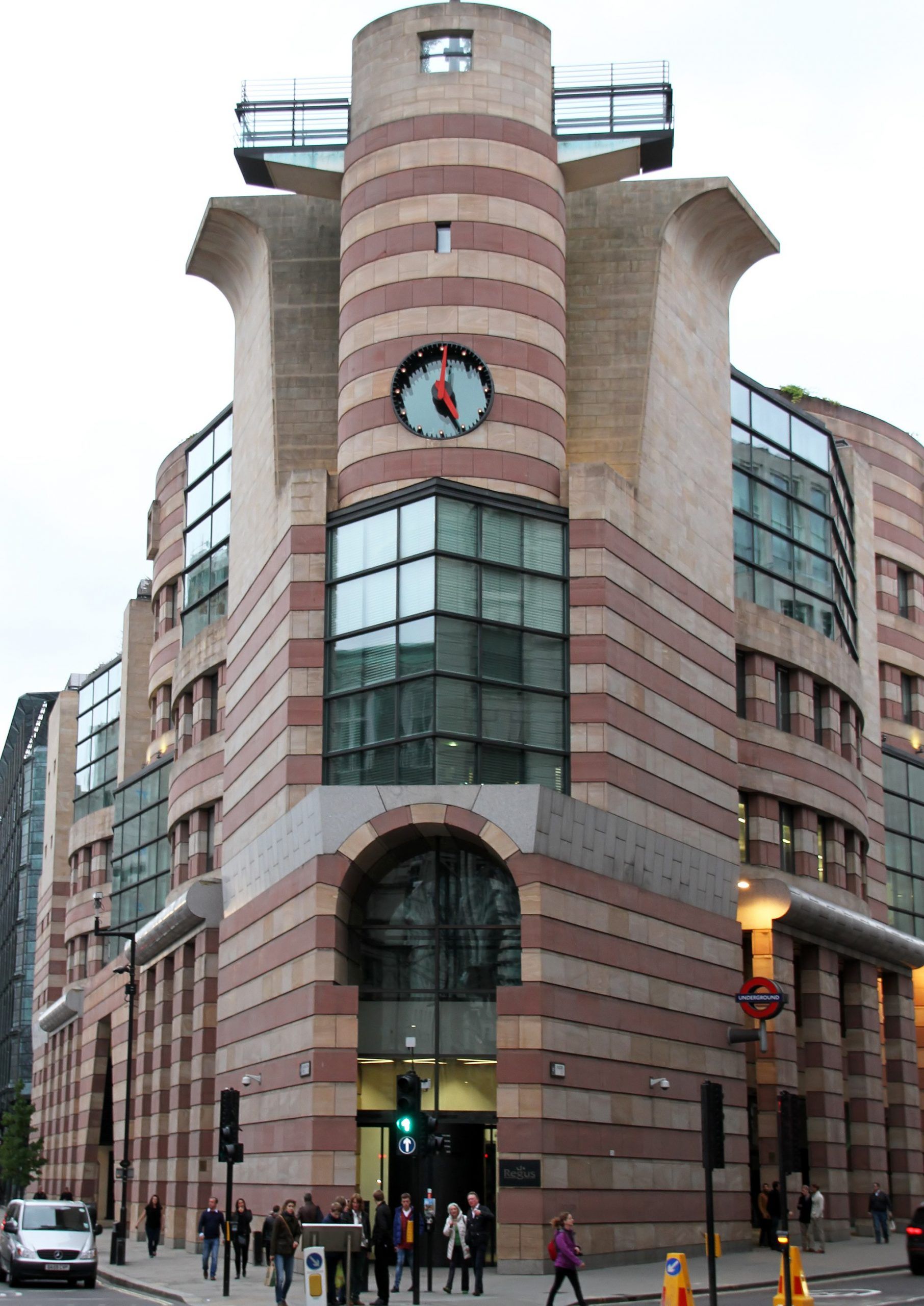The record-breaking reign of Elizabeth II, who passed away a few days ago, brought many changes to the life of Britain. But what legacy will she leave behind in the domain of architecture? Will there be a new Elizabethan style on the model of Georgian or Victorian architecture?
The influence of Britain’s rulers has always reached further than the limits of their empire, just think of the important legacy of the Victorian era, both in terms of strict social conventions, but also (interior) architecture. In addition, the crown has always busied itself with the building of castles, palaces, and cathedrals to demonstrate their power, many of which still stand to this day. Of course, the ‘soft’ institution of the constitutional monarchy has had an impact on this as well, with no room left in 20th century England for this type of ideology, nor the big spending that went with it. Although only a historical perspective will reveal the full truth, for now, it seems that Elizabeth II is the first British ruler not to have a distinctive style to her name. You will never come across a London property advertisement saying “sunny, two-bedroom, new Elizabethan-style flat for sale in Shoreditch.”

Skyscrapers instead of cathedrals
Nevertheless, during the reign of Elizabeth II, the longest in the history of the British Empire, the cityscape of London changed more and faster than ever before. When she succeeded to the crown in 1952, the capital’s skyline was dominated by churches and palaces, the tallest building being St Paul’s Cathedral at 111 meters. Since then, it’s been dotted with skyscrapers everywhere, often standing over 150 meters tall. Even though these changes might not reflect the late Queen’s personal taste or signature style, it’s beyond doubt that the seventy-year-long period of her reign, if not as a trend in style but as a historical era, will one day be marked by her name. So what will Elizabeth II’s legacy be in terms of architecture and design? This is not so easy to answer. While it’s difficult to draw long-term conclusions about a point so close in time, it is already clear that the new Elizabethan era will be defined by diversity.

The pluralism of change
Upon her accession to the throne, the world expected a young, dashing, and energetic ruler to lead her people out of the lingering post-World War II lethargy. It was this time, the 1950s when Modernism and Brutalism were on the rise in Britain, and up until the 1970s, most buildings reflected these styles. The distinctive Barbican of London and the iconic Park Hill housing estate in Sheffield were both built along Brutalist principles. However, following this era, the rate of erection of new public buildings slowed considerably, and from the 1990s onwards, it was commercial glass palaces whose numbers started to increase rapidly.

The first skyscraper in the City of London was Tower 42, inaugurated in 1980, but the genre’s most famous is The Gherkin, built in 2004, which is still very controversial for its postmodernist approach. Yet its 180 meters are practically dwarfed by the nearly 310-meter-tall The Shard, designed by Renzo Piano and completed in 2012. The Deconstructivist Imperial War Museum North and the high-tech Lloyd’s were also completed during this period, rich in varying architectural styles. Today, London’s downtown is also shaped by globalism, with the same star architects designing the City’s new buildings that work in Shanghai, New York, and Dubai. Even if her reign of record-breaking length is not full of spectacular buildings associated with her name, there’s one thing that undoubtedly elevates her above all other British rulers: everyday comfort. Since her coronation, the vast majority of her people have had heating, electricity, and sewerage in their homes, which, however dull it may sound, has a far greater impact on people’s daily lives than any new cathedral.

Charles III and the debate of taste
However, the new ruler, Charles III, disregarding his mother’s neutrality, liked to voice his opposition to modern architecture even as a prince. Although he had no official say in such matters, his public disapproval was enough to get the legendary Mies van der Rohe’s plans for an office building in central London thrown out, for example. Instead, the No. 1 Poultry was erected in its place, a building with a postmodern style and odd shapes that have earned almost unanimous public hatred.

Looking at a renovation plan a few years later, he went so far as to say, “You have to give this much to the Luftwaffe, when it knocked down our buildings, it didn’t replace them with anything more offensive than rubble.” Consequently, the ideas of the renowned British architect Richard Rogers weren’t implemented either after this. In 1989, he even published a book called A Vision of Britain: A Personal View of Architecture, in which he expressed his vision, based on (what he saw as) traditional values, of how the built landscape of Britain should be shaped to become timeless. His most recent famous publication is a personal essay written in 2014, in which he published a ten-point manifesto on his expectations of 21st-century architects, which managed to offend a large number of professionals. His critics argue that the classical style he expects is unrealistic in the modern age as society’s needs and technological advances have changed so much that it’s impossible to work with the same proportions as, say, before the invention of the car. But modern architecture is also a symbol of post-colonial society: it seeks to create something new and useful more quickly, more cost-effectively, and without waste.
Source: Archdaily,The Guardian, The Economist, The Architectural Review
Opening photo: Unsplash/Bruno Martins

A new craze? Personal submarines instead of private jets











